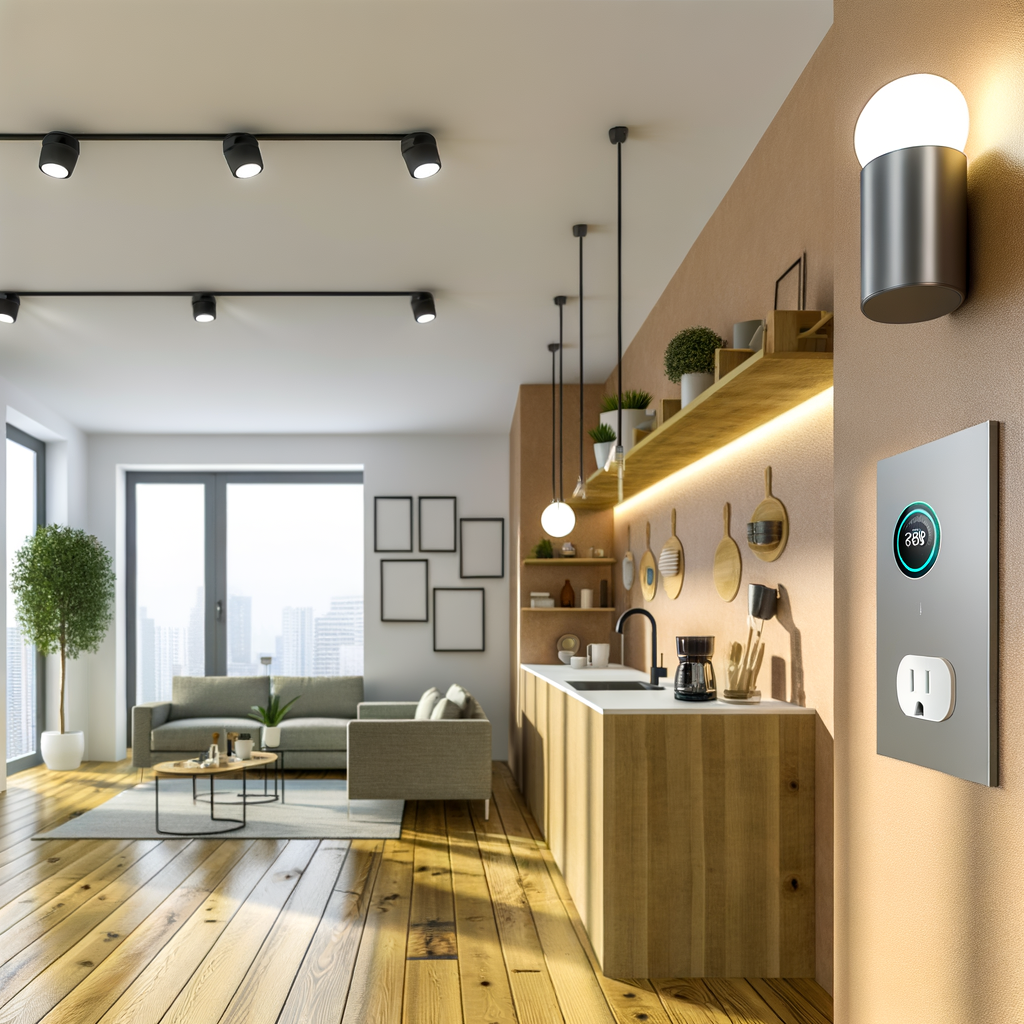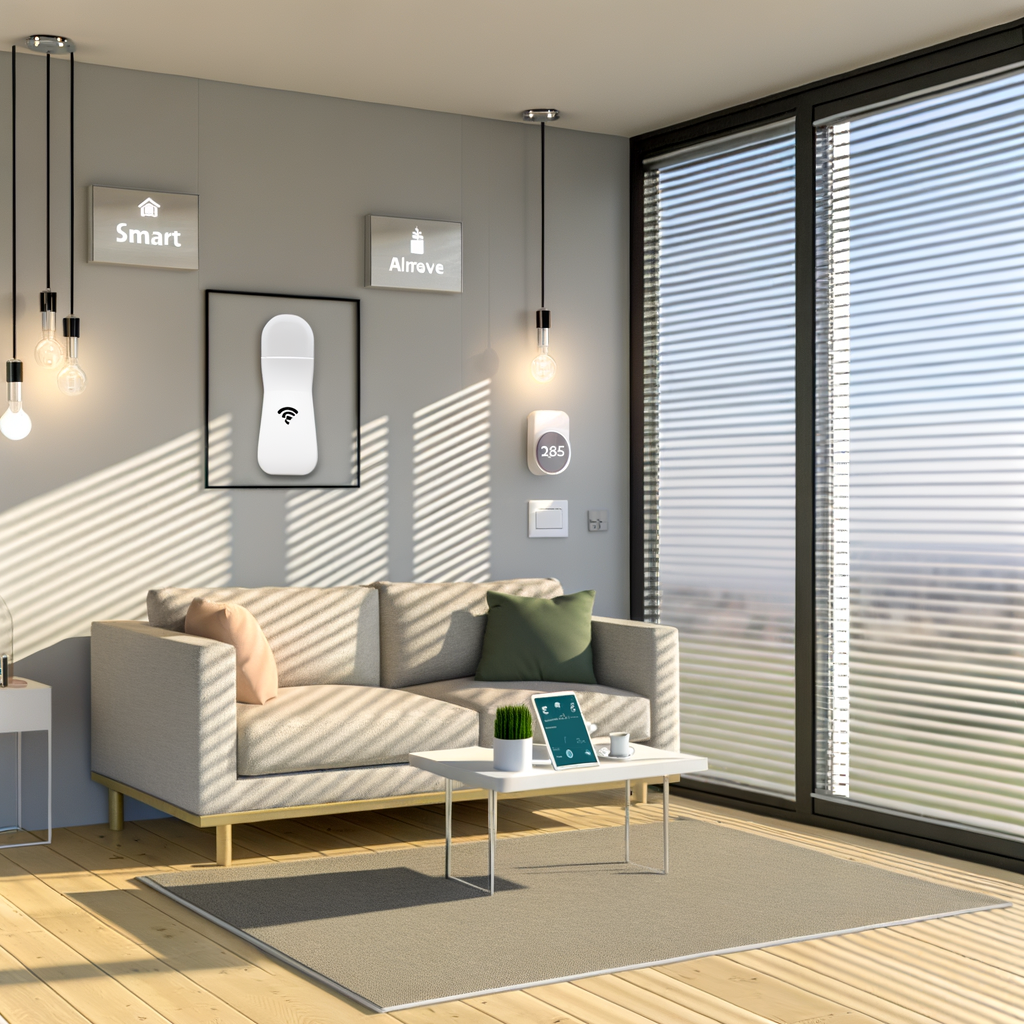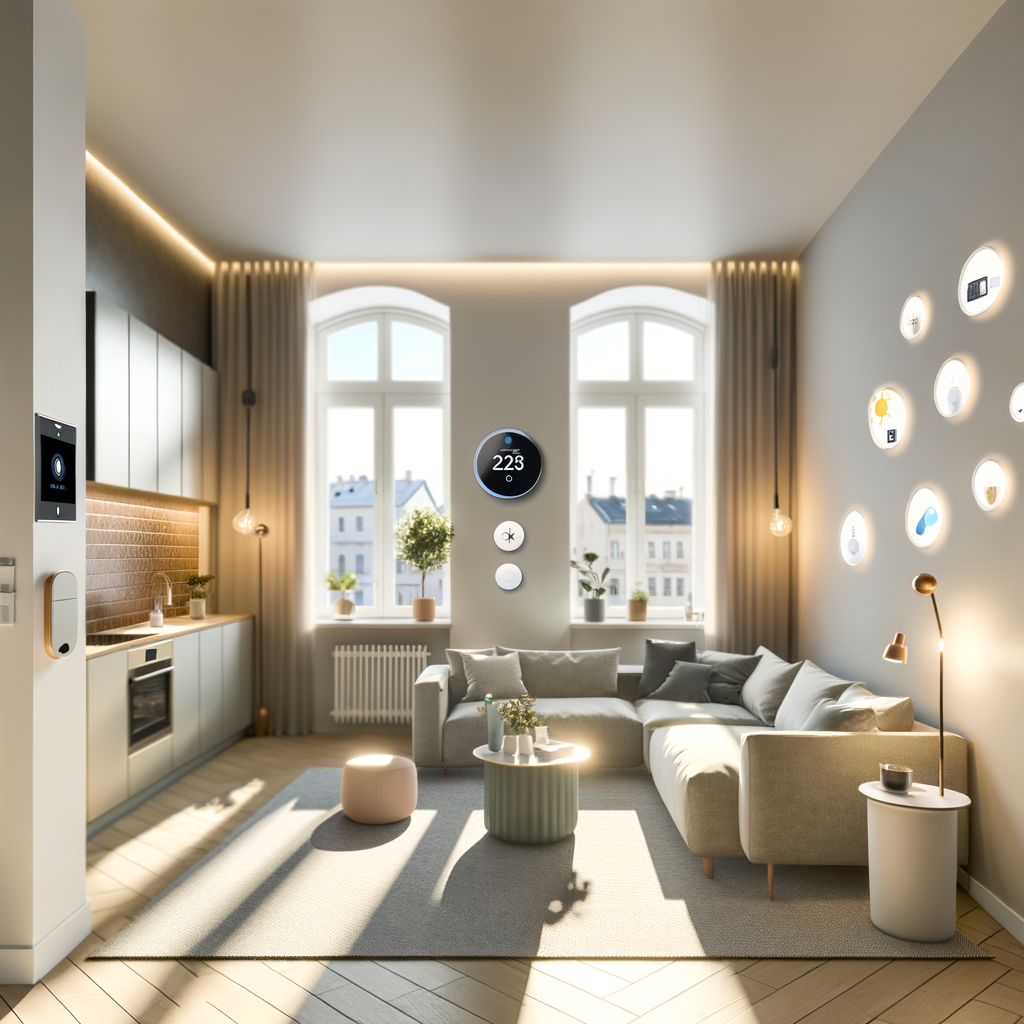Myth-Busting Green Tech: 7 Misconceptions About Smart Home Devices Every Renter Should Know
Smart home technology is on the rise, offering eco-friendly solutions that make life easier and more efficient. However, many renters shy away from smart home devices due to persistent myths and misconceptions, worrying about costs, complexity, and property limitations. The reality is, many green tech upgrades are renter-friendly, affordable, and genuinely help reduce environmental impact.
Let’s dive in and debunk the seven most common myths about smart home devices—so you can make informed, eco-conscious choices without risking your security deposit or burning a hole in your pocket.
1. Myth: Smart Home Devices Are Only for Homeowners
One of the biggest misconceptions is that smart home tech is out of bounds unless you own your property. Many renters fear messing with wiring or making irreversible changes that could jeopardize their deposit.
The Reality
- Removable and wireless options abound: Most smart home gadgets—like smart plugs, bulbs, cameras, and thermostats—are plug-and-play. They don’t require hardwiring, drilling, or permanent mounts.
- Adhesive mounts and magnetic bases: Many smart sensors and security devices use adhesive backing or magnetic attachments. Simply peel and stick—no tools required.
- Easy to uninstall: Devices can be taken with you when you move and reinstalled in your next rental.
Actionable Advice
- Choose battery-powered or plug-in devices if you can’t alter outlets or wiring.
- Always check your lease or discuss with your landlord before installing anything that could leave marks. Most will approve reversible changes.
2. Myth: Green Smart Tech Is Too Expensive
Cost is a common barrier for renters thinking about smart homes. The assumption is that meaningful upgrades will break the bank.
The Reality
- Entry-level devices are very affordable, and prices have dropped as technology has matured. You can start building a smart home system with less than $100.
- Long-term savings: Smart thermostats, switches, and bulbs drastically reduce energy consumption—lowering monthly utility bills and quickly paying for themselves.
Actionable Advice
- Look for multi-pack starter kits and discounts on basic devices like smart plugs or bulbs.
- Take advantage of manufacturer rebates or local utility incentives for energy-saving devices.
- Invest in high-impact upgrades first—such as smart plugs for heavy electronics or LED smart bulbs.
3. Myth: Installation Is Complicated and Risky
Some renters worry that setting up smart home tech requires specialized skills or could cause electrical issues.
The Reality
- No wiring needed: The most popular smart home devices are designed for easy, tool-free installation.
- App-guided setup: Most brands offer intuitive apps that guide you through pairing, setup, and automation in minutes.
- No risk to your lease: Entry-level products don’t require structural changes; they simply plug into existing outlets or connect to your Wi-Fi network.
Actionable Advice
- Read manufacturer instructions carefully and watch video tutorials if available.
- For smart thermostats (if you want one), consult your landlord—some rentals may prohibit changes to HVAC controls.
- Test devices in one room before expanding throughout the apartment.
4. Myth: Smart Devices Compromise Privacy and Security
Data privacy and security remain top concerns. Stories of hacked cameras or data leaks can scare renters away from adopting smart tech at home.
The Reality
- Major brands prioritize security: Most reputable manufacturers continuously update firmware, encrypt data, and use secure cloud services.
- User controls: You control which devices and apps access your network. Many gadgets have built-in privacy shields or on/off switches for cameras and microphones.
- Local vs. cloud storage: Opt for devices that offer local data storage if you prefer more control over your information.
Actionable Advice
- Set strong, unique passwords for devices and your Wi-Fi network. Enable two-factor authentication when possible.
- Regularly update device firmware and apps to patch any vulnerabilities.
- Turn off unused features (like remote viewing) if you’re concerned about privacy.
5. Myth: Only Tech-Savvy People Can Use Smart Home Gadgets
Another common belief is that smart home devices are only suitable for the ultra-geeky and digitally fluent.
The Reality
- User-friendly interfaces: Modern green tech is designed to be accessible to everyone, with simple installations and easy-to-navigate apps.
- Voice assistants: Integration with Alexa, Google Assistant, and Siri makes controlling your devices as easy as speaking out loud or tapping a button.
- Step-by-step guides: Companies offer extensive documentation, videos, and support to get you started.
Actionable Advice
- Start small with a single plug or bulb to familiarize yourself with the basics.
- Join online communities or forums for troubleshooting tips and best practices.
- Use automation presets and schedules to maximize device potential with minimal effort.
6. Myth: Smart Devices Don’t Really Save Energy
Some skeptics claim the energy savings from smart home tech are negligible, or not worth the investment.
The Reality
- Smart thermostats: Can reduce heating and cooling costs by up to 23% by learning your habits and optimizing use.
- Smart plugs and bulbs: Allow you to completely power down electronics, eliminate phantom load, and automate usage based on occupancy.
- Energy monitoring: Many devices provide real-time data, empowering you to adapt habits for greater savings.
Actionable Advice
- Set automatic schedules for lights and appliances to avoid wasted energy.
- Enable geofencing features so devices only operate when you’re home.
- Review energy reports from your smart devices to find new ways to cut back further.
7. Myth: Smart Tech Makes Rentals Less Secure
The idea that smart devices might create vulnerabilities, or that landlords prohibit them due to safety concerns, is surprisingly common.
The Reality
- Boosts rental security: Smart entry sensors, security cameras, and video doorbells provide real-time alerts, deterring break-ins and giving peace of mind.
- No need to alter physical locks: Many smart locks are compatible with existing hardware, using keypad or remote entry without leaving a trace when removed.
- Shareable access codes: Temporary access for guests, cleaners, or dog-walkers increases flexibility and safety.
Actionable Advice
- Use door/window sensors and indoor cameras you can mount with adhesives and remove without a trace.
- Choose rental-friendly smart locks that don’t require replacing core door hardware or creating new holes.
- Inform your landlord if the device offers additional fire or security monitoring for potential insurance benefits.
Smart Home Green Tech: Quick Start Guide for Renters
Smart home devices can be manageable, cost-effective, and tailored for renters. Here’s a quick recap on how to integrate green tech into your rental for maximum benefits:
- Prioritize portability and easy installation—choose plug-in, battery-operated, or stick-on devices.
- Start with high-impact upgrades: Smart plugs, bulbs, and thermostats often provide the best returns.




